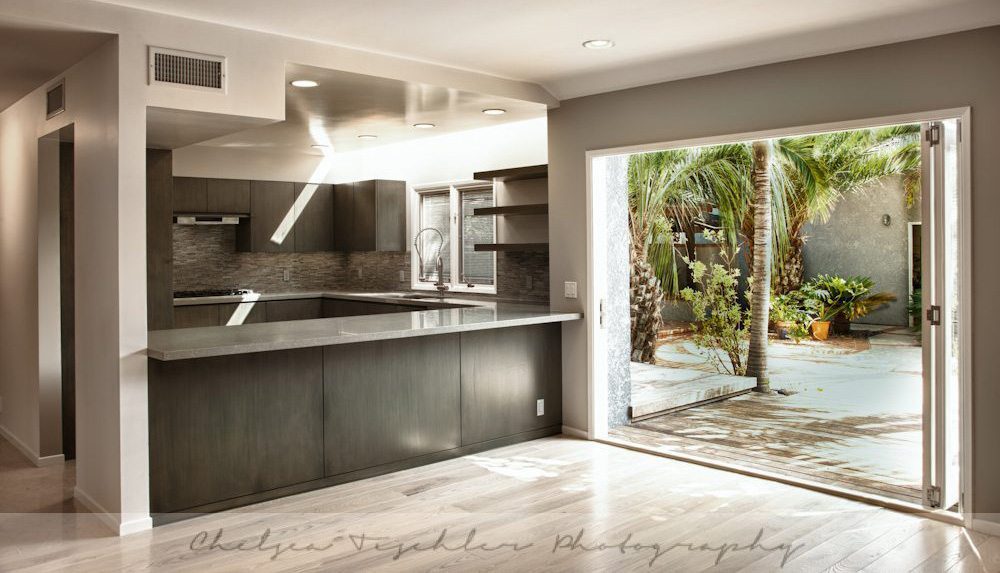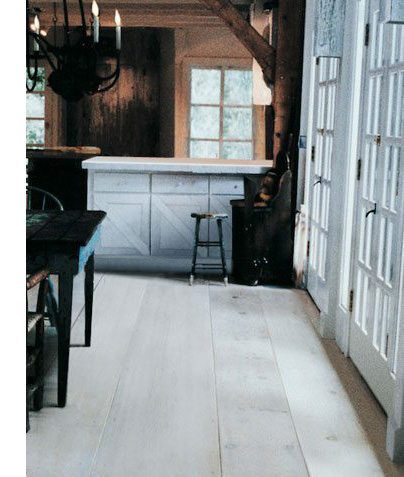
The term “white wash”, “pickling”, lye, or lime wash, is iconic in historical architectural. From Egypt to the manor houses of early European architecture and buildings around the US. Today you see it on Houzz, Apartment Therapy and other interior design sites all over the web.
It refers to a technique of mixing lime and water, or using milk paint or other similar concoctions – depending on the time period – to give floors, cabinets, furniture and walls a light, white look. When considering it for a wood floor keep in mind it can be used in a variety of settings from the most formal home to the most rustic, it all depends on the style floor you will be using.
Here is some helpful advise on how to create the popular “white wash” look on your wood floors, and also some great examples of completed projects if you are looking for some inspiration!
The term “whitewash”, “pickling”, lye, or lime wash, is iconic in historical architectural from Egypt to the manor houses of early European architecture and buildings around the US.
Today, you see it on Houzz, Apartment Therapy and other interior design sites all over the web. It refers to a technique of mixing lime and water, or using milk paint or other similar concoctions — depending on the time period — to give floors, cabinets, furniture and walls a light, white look.
When considering it for a wood floor, keep in mind it can be used in a variety of settings, from the most formal home to the most rustic. It all depends on the style floor you will be using. 
Finish Options to Create the Whitewash Finish for a Wood Floor
There are several ways to achieve the whitewash look today and benefits and disadvantages to each.
Carlisle Whitewash Fence Stain
- Advantage: allows the wood, grain, and character to show through, very easy to touch up
- Disadvantage: Must be top coated for protection
- Tip: Coat with water based finish only, oil based finish will cause the finish to yellow
Rubio Monocoat
- Advantage: finish can be done in 1-2 coats, gives the floors a very natural unfinished look with very little built up, stated to be very durable in a variety of applications, easy to touch up
- Disadvantage: Will have a very low sheen

Woca Wood Oil
- Advantage: offers a variety of “white techniques”, call the experts at Woca (877.962.2645) for more information
- Disadvantage: Must be top coated for protection, durability depends on the top coat
Sherwin Williams Paint
- Advantages: will give the surface a truly painted look, will show less of the natural color of the wood as it ages
- Disadvantage: will hide grain, most character and features of the surface, harder to maintain over time

Looking for Inspiration
Check out some examples of the wide plank wood floors with this style finish to see all the looks you can create, including Ash, Hickory, and White Oak hardwood floors with Whitewash Fence Stain.
It is important to keep in mind that like those nice white shoes or clothes, it is harder to keep clean, so keep that in mind. When selecting a source for the whitewash products find out how you can clean the surface, and if special cleaners are required. Also, find out how easy it is to touch up the surface and what that requires.
When it comes to wood floors especially keep in mind that wood is a natural product. Over time the colors of the wood will change and depending on the finish you use that can come through in a floor. A White Wash Oak floor, for example, may appear very white when you first finish it but can develop a slight tan undertone over time due to how the wood changes color.
– – – – – –